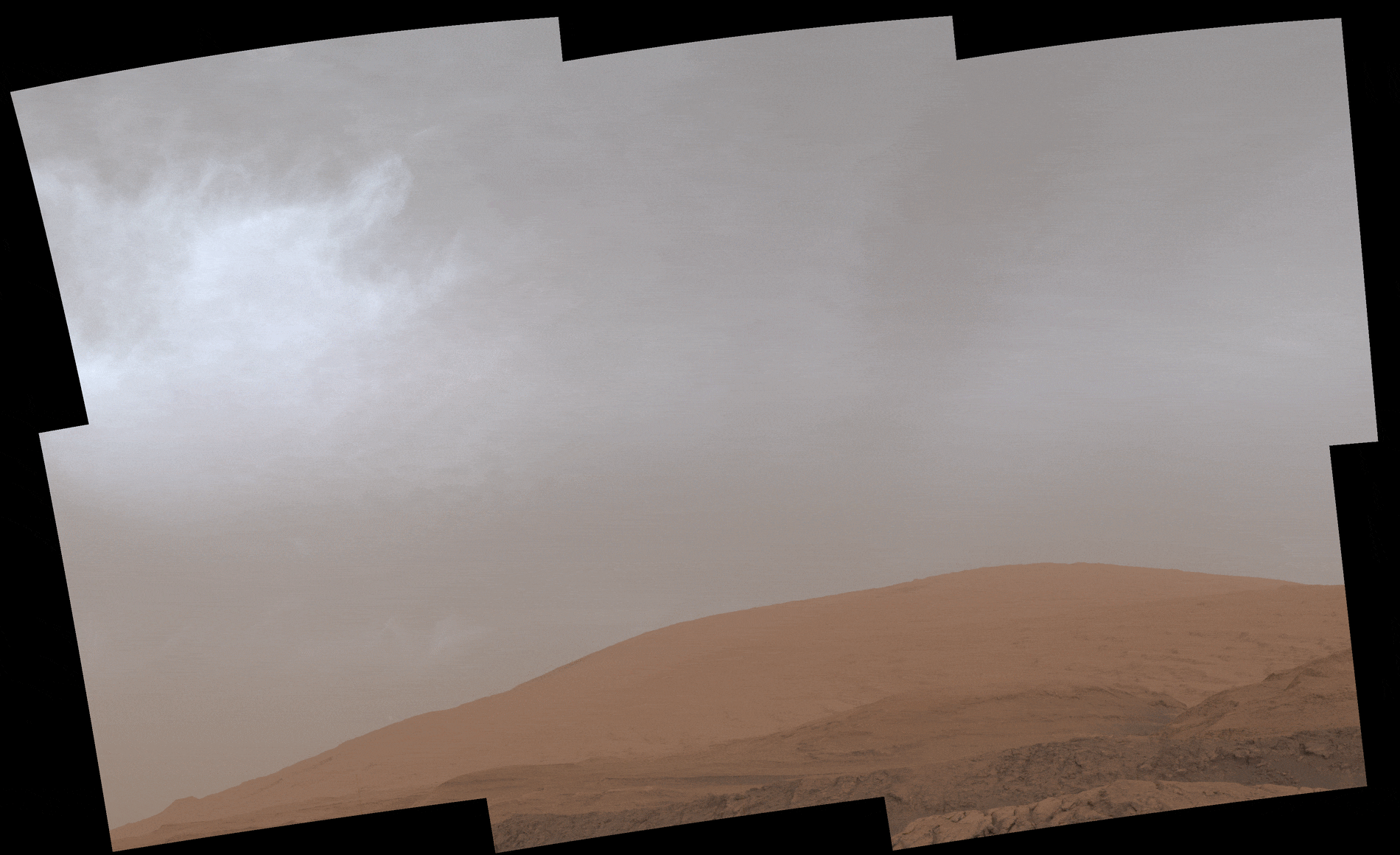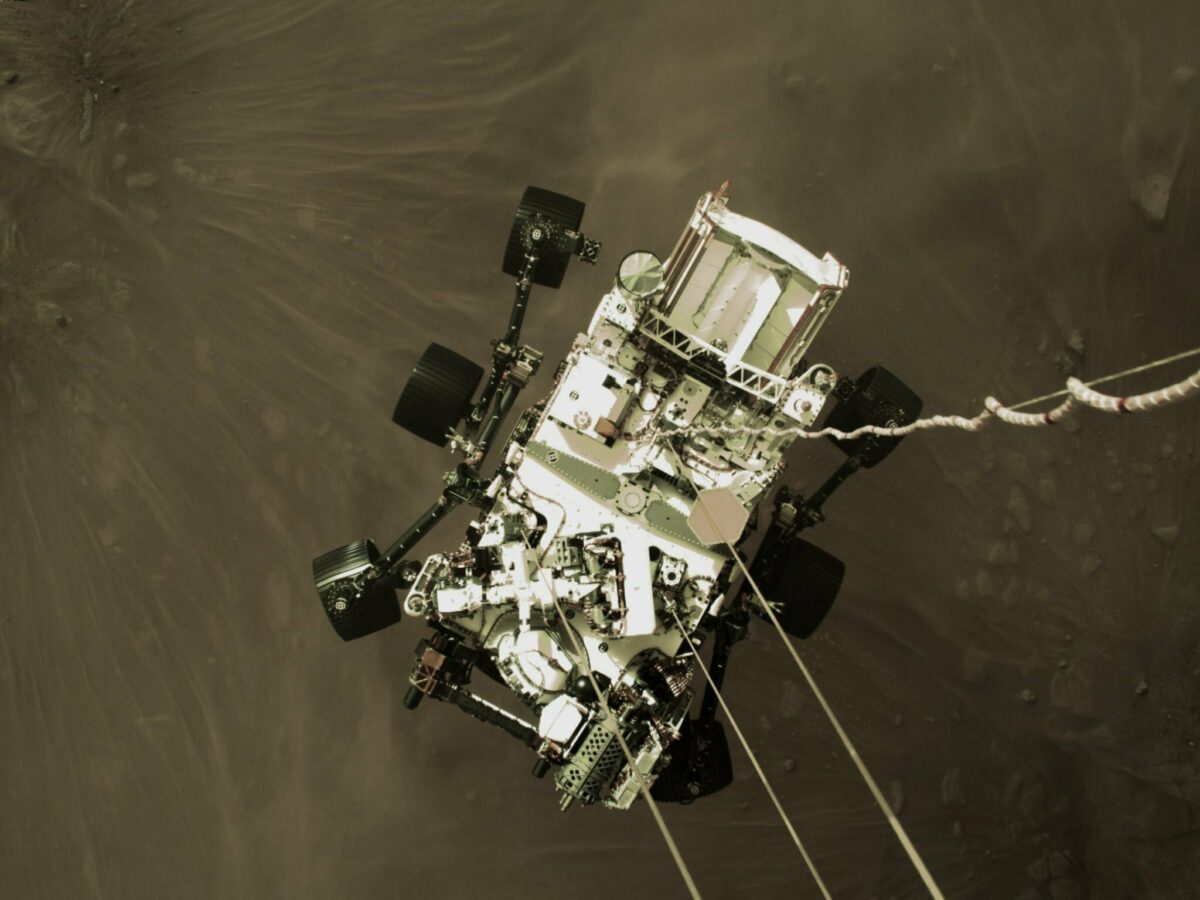Nancy Atkinson • Jul 12, 2024
Challenges facing the human exploration of Mars
Sending people to Mars has long been on humanity’s to-do list. But it’s no secret the obstacles are daunting. The fact that no person has traveled beyond low-Earth orbit since the Apollo program ended in 1972 highlights the reality that long-duration, long-distance missions with fragile humans on board are fraught with intimidating challenges. What are some of the biggest concerns?
It’s about time
Dayna Ise, director of the Mars Campaign Office within NASA’s Exploration Systems Development Mission Directorate, sees many of the challenges as similar to those faced by the Apollo program, such as creating powerful and versatile spacecraft with robust life-support systems to keep astronauts alive. But the one issue she sees as most troublesome – one that can’t really be fixed — is the time delay for communications between Earth and Mars.
“The distance between Earth and the Moon enables us to have conversations, work on problems and anomaly resolution in practically real-time,” said Ise. “Because of Mars’ distance, it’s a much bigger delay, between four and 24 minutes one way, so it could take over 40 minutes round trip for someone to ask a question and then get a reply.”

Even more worrisome, Ise said, are the periods of solar conjunction every 26 months, when the Sun is between Earth and Mars. This creates a two-week communications blackout because radio signals can’t pass through the Sun and charged solar particles in the vicinity distort signals that pass too close. If any emergency or issues with critical life-support systems arose during that time, the crew would be on their own to solve the problems.
Ise said NASA is looking into developing a relay system of communications satellites placed in other locations in the Solar System, which could cut down the two-week blackout to just a few hours. Laser communications, a technology currently being tested on the Psyche spacecraft, would allow for more data per second, with superior signal fidelity. But still, the delay time in communications means increased risk for any operations on Mars. Additionally, research indicates communication lags are psychologically difficult, and can lead to feelings of isolation and negatively affect cognition and performance.
Shields up!
The lack of a global magnetic field on Mars, along with the planet's thin atmosphere, means high-energy cosmic rays and solar particles shower the Martian surface. These high doses of radiation and the associated health risks could be a showstopper for human activity on the Red Planet and for the trip there and back. Physical shielding with heavy materials would work, but the high price of launching hefty shields isn’t ideal or cost-effective.
Scientists have dreamed of creating force fields that could create a protective bubble around a spacecraft or habitat. However, research indicates these fields would take a prohibitive amount of power and structural material to create on a large scale, so more work is needed for them to be feasible.
However, a material called hydrogenated boron nitride nanotubes (BNNTs) could be a game-changer. The material includes carbon and nitrogen, which can shield against radiation, and boron is an excellent absorber of secondary neutrons. These nanotubes are small and flexible enough even to be woven into the fabric of spacesuits. While still in development and testing, BNNTs have the potential to become a key structural and shielding material for spacecraft, habitats, vehicles, and clothing used on Mars.

Breathing easy and getting home again
Rather than bringing large quantities of oxygen to Mars, future astronauts could live off the land, using materials they find on the planet’s surface to survive. This concept, called in-situ resource utilization (ISRU) has now been proven by an instrument on the Perseverance rover. MOXIE (Mars Oxygen In-Situ Resource Utilization Experiment) extracted oxygen from Mars’ thin atmosphere and was able to produce 12 grams of oxygen an hour – twice as much as the original goal for the instrument.
Not only could a larger MOXIE-like system supply breathable air, but it could also help create rocket propellant, which will be required in massive quantities to launch rockets with astronauts for their return trip home.
Michael Hecht, the instrument’s principal investigator from the Massachusetts Institute of Technology (MIT) said he and his team would be ready to scale up the system if funding was available.
“Particular technical tasks might be demonstrating longevity, both for the electrolysis stacks and the compressor, and developing a prototype liquefaction and storage system,” Hecht said. “Beyond that, the mining of water ice to enable more complex chemistry, including fuel production, would be a priority.”
While oxygen is the heaviest component of propellant, it is fortunately the easiest to make, Hecht said. And even though water ice appears to be plentiful on Mars, the logistics of mining it and transporting it to where it is needed would need to be determined.
The biggest challenge: entry, descent and landing
Before astronauts can leave the surface of Mars, they must first get there. The biggest challenge in exploring Mars might be slowing down a large, human-sized spacecraft from speeds of tens of thousands of kilometers per hour to enable a touchdown gentle enough for astronauts and payloads to survive.
So far, landers and rovers have used parachutes, airbags, or sky-cranes to safely land on the Red Planet, but these technologies have likely reached their limits. The Perseverance rover – currently the largest rover or lander sent to Mars — has a mass of about 1 metric ton. But a human mission to Mars will likely require a vehicle between 50 – 100 metric tons, depending on the configuration. These larger vehicles will be too heavy to be slowed significantly by aerodynamic drag in Mars’ thin atmosphere, which has less than 1% the density of Earth’s.

But the outlook for slowing incoming vehicles has improved, compared to a decade ago. NASA’s Low-Earth Orbit Flight Test of an Inflatable Decelerator (LOFTID) took place in 2022, successfully inflating a 6-meter- (20-foot-) diameter aerodynamic decelerator system in Earth’s stratosphere, which has a density similar to Mars’ atmosphere. This quickly inflating aeroshell creates more drag in the upper atmosphere to help the spacecraft slow down sooner, which also prevents some of the super-intense heating.
Additionally, engineers now are optimistic about using thrusters for what is called supersonic retropropulsion (SRP). Previously, aerodynamic experts were uncertain that the thrust from rocket motors pointed in the direction of travel to decelerate could be done successfully while traveling through an atmosphere at supersonic speeds.
“When you fire engines backwards while moving through an atmosphere, there’s a shock front that would be moving around, and it could come along and whack the vehicle, potentially destroying it,” said Rob Manning, chief engineer at the Jet Propulsion Laboratory, who has led entry, descent, and landing (EDL) for several robotic Mars missions. “It turns out this was really hard to model, and there was virtually no experience in firing engines into an oncoming high-speed flow.”
Enter SpaceX’s desire to reuse the first stages of their Falcon 9 rockets by having them use retro-rockets to return to Earth.
“There’s a portion of the flight where they fire their engines backwards at supersonic speeds through a rarified atmosphere which is very much like what’s at Mars,” Manning explained. “We asked if we could watch and study their data to learn more about it. To our surprise and delight, we learned some new physics.”
Manning said the shock front ‘bubble’ created around the vehicle from firing the engines somehow insulates the spacecraft from any buffeting, as well as from some of the heating. While several technical issues still need to be resolved, Manning is optimistic they can be worked out for future human exploration of Mars.
“Hopefully it’s not ‘whack-a-mole,’” he said about the issues facing the endeavor, “but with any luck they can be whacked one at a time and they won’t rise up again.”
Support our core enterprises
Your support powers our mission to explore worlds, find life, and defend Earth. You make all the difference when you make a gift. Give today!
Donate

 Explore Worlds
Explore Worlds Find Life
Find Life Defend Earth
Defend Earth

